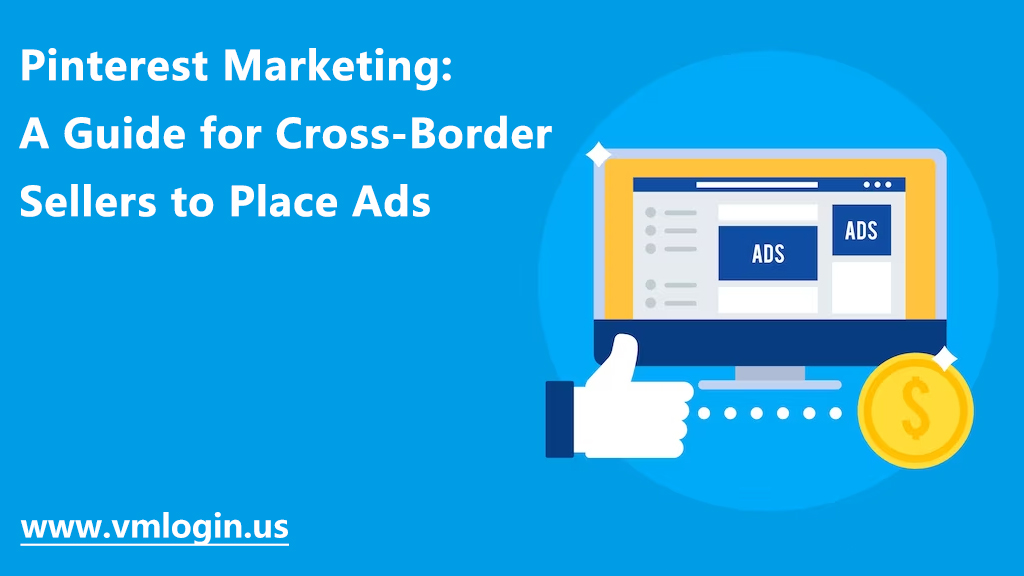What is Pinterest?
Pinterest is an overseas social media platform that uses a waterfall format to present image content without users having to turn pages, and new images are constantly and automatically loaded out. Users can also manually upload Pins containing images, descriptions, and links to be saved to different personally created boards. Pinterest aims to store ideas and inspiration in a way that other social media sites do not. Users are encouraged to organize their content into different panel names for easy navigation. Now, Pinterest is the marketing platform of choice for cross-border e-commerce and online sales merchants with its unique visual orientation, search, and shopping features.
The Value of Pinterest Marketing:
1. Huge user base
Currently, Pinterest has over 433 million active users, which doesn’t sound like a huge number, but considering the marketing product, it’s still an objective number. The majority of users are women between the ages of 20 and 35. Due to its huge potential customer base, businessmen of cross-border e-commerce can promote their goods by displaying their products and advertising on this platform. Once your work is widely promoted, the sales of your products will soar. Clothes and cosmetics are easily the most popular items here. In addition, according to the data, 40% of Pinterest users have an annual household income of over $100,000, which also shows that they have huge spending power.
2. The platform’s special mechanism
What makes Pinterest a marketing driver for online stores? 98% of people say they discover new things on Pinterest, compared to 1% on other platforms. The purchase rate of products that users stumble upon on this platform is much higher than on social platforms in general, partly because Pinterest users are actively searching for things, rather than passively scrolling through their subscription feeds.
3. Low-cost marketing
The benefit of using this platform for marketing is that you can enter the platform at a minimal cost, but get a large amount of traffic.
Guide to Pinterest Marketing:
1. Set up a business account, not a personal account, to gain access to Pinterest analytics and other advertising tools specific to your business profile. When creating a profile, keep your brand consistent with your website and also other social media profiles, including username, avatar, profile, etc. This will make your store more recognizable.
2. Create multiple Pinterest alternate accounts. For product marketing to be successful, it is important to increase product exposure. With multiple accounts to showcase your products, there will be more Pinterest users to follow your products, which will also increase the purchase rate.
3. Use marketing tools. Posting planning tools: SocialBee, Pallyy; Tools to increase the followers: SweepWidget, Gleam, Pinterest Analytics, Cyfe, etc.; Anti-association tool: VMLogin anti-detect browser, so that in a device at the same time login multiple Pinterest accounts or multiple social platform accounts also This is one of the essential marketing tools for cross-border e-commerce.
4. Create high-quality boards and optimize your personal pages. If you have a store website, connect it to Pinterest and put its URL in the Pinterest profile. When creating a Board, pay attention to its description and make it detailed and coherent, and interesting. Also, add an eye-catching cover photo, which will help improve the chances of the Pin image being found.
Conclusion
Pinterest marketing serves an essential role for cross-border e-commerce sellers, helping them to increase traffic to their online stores, improve product sales rates and enhance brand influence. Sellers need to make good use of the features and functions of the Pinterest platform, develop an effective marketing strategy with marketing tools and an anti-association browser, and interact effectively with potential customers in order to achieve success in marketing their products.


